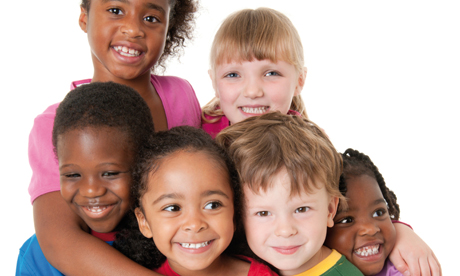Hackney Council defends ‘slowest’ adoption rate

“Placing a child quickly should not be the only consideration upon which authorities are judged," says Councillor Rita Krishna, Cabinet Member for Children’s Services. Photograph: Hackney Council
Hackney Council is the slowest in the country for placing children with adoptive parents, according to the latest government figures. However, the council has defended its adoption record, as it is also one of the most successful and sustainable.
The Department for Education statistics show by local authority the percentage of children, between 2008 and 2010, who were adopted within 12 months of a parent match-up.
Out of the 152 councils recorded in the table, Hackney Council is the lowest at 43 per cent. At the top of the table is City of York Council at 100 per cent rate, whilst the national average is 74 per cent. The second slowest council is Brent, at 52 per cent.
The results, released at the beginning of National Adoption Week (31 October – 6 November), are being taken very seriously by the government which has said that ‘slow’ services, such as Hackney’s, could be taken over by a better-performing councils or private companies.
Prime Minister David Cameron, at the launch of the Give a Child a Home campaign earlier this month, admitted that the nation’s adoption system was “not good enough” and that changes were clearly needed.
“So,” he said, “we will publish data on how every local authority is performing to ensure they are working quickly enough to provide the safe and secure family environment every child deserves.”
He has warned that councils that are seen as failing children could face having their responsibilities handed over to another local authority or sub-contracted out to the private sector or charities.
Alan Wood, the borough’s corporate director of children and young people’s services, strongly defended the service. Speaking to BBC News, he said a “range of data” should be looked at, not just the this one measure: “The time scale is a very narrow slice of a complex pie chart of information.”
As far as he is concerned, “the most important data is that when Hackney [Council] makes an adoptive placement, it sticks.”
“We have a deliberate policy of pouring our resources into supporting children in families,” Mr Wood explained. “Because of that, we have significantly reduced the number of children who are in care.”
In 2004, Hackney had 470 children in care. Now, seven years on, that number has been reduced by over 40 per cent to 270.
The council says that while Hackney has lower numbers of children in care, there is generally a “higher complexity of need” amongst these young people.
For instance, children with siblings, children with disability, older children and babies in drug withdrawal are more common in Hackney than in other areas.
Mr Wood refused to be drawn into the “league table game”, and said: “Our social workers work very hard to get the best placements for our children – we’re not going to make a placement where there’s a prospect of it breaking down.”
Similarly, Councillor Rita Krishna, Cabinet Member for Children’s Services, cautioned against an overly-hasty approach to adoption.
A broken adoption is “one of the most traumatic things that can happen” to a child, she said. “Placing a child quickly should not be the only consideration upon which authorities are judged. Such is the quality of our placements, hardly any, if any, ever break down.
“Also, on the same league tables Hackney [Council] is doing extremely well in the education and performance of looked-after children, we’re the fourth best in the country.”
